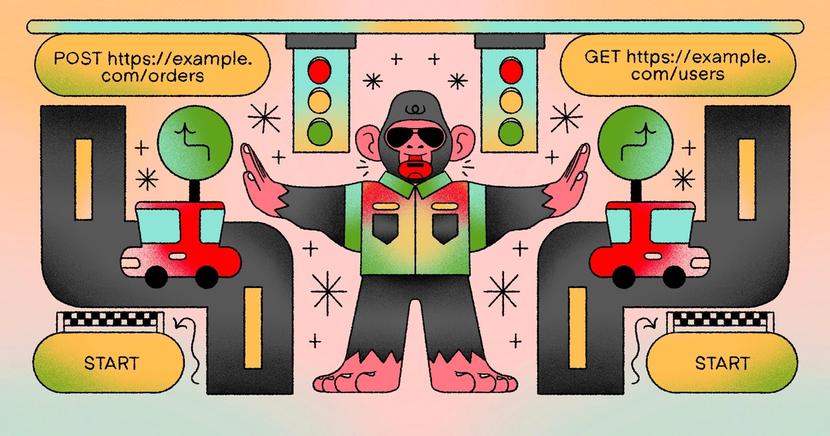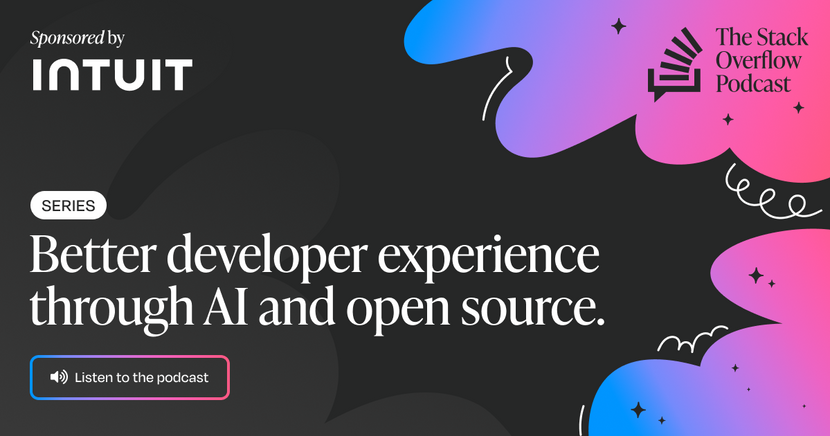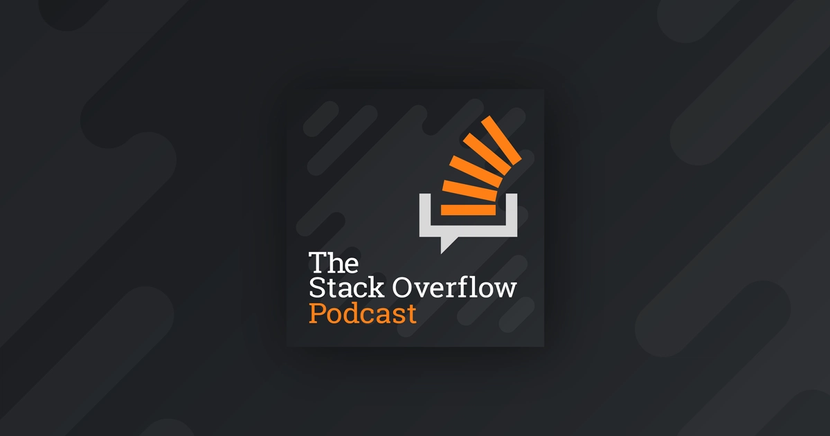Treating your agents like microservices
Ryan is joined by Outshift by Cisco’s VP of Engineering Guillaume De Saint Marc to discuss the future of multi-agent architectures as microservices, the challenges and limitations of the infrastructure for these multi-agent systems, and the importance of communication protocols and interoperability in order to build decentralized and scalable architectures.






